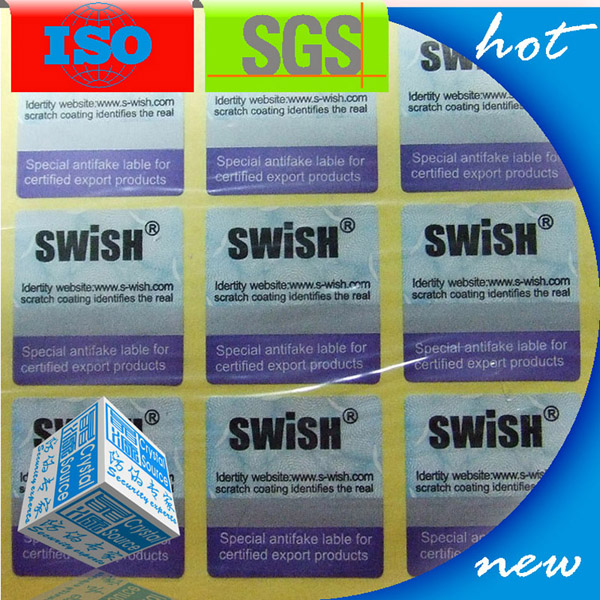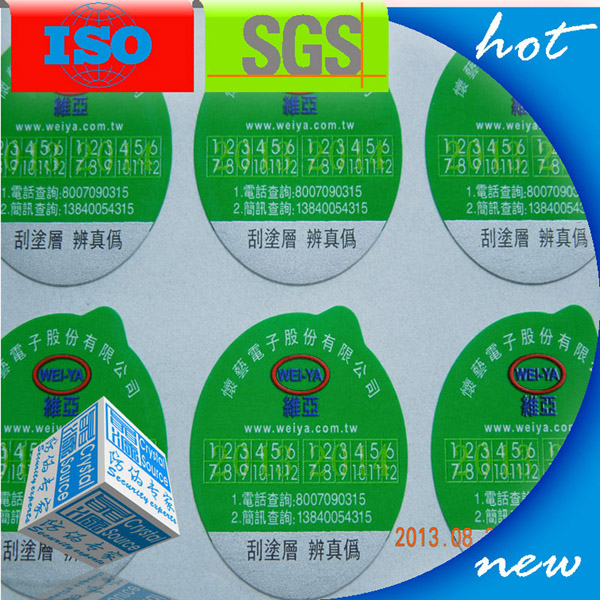Recently, many ministries and commissions such as the Ministry of Industry and Information Technology announced the calculation of the average fuel consumption of Chinese passenger car companies and new energy vehicle points in 2016. The fuel consumption points of 80 companies were up to the standard, and the fuel consumption points of 44 companies did not meet the standard, ie, the average fuel consumption level of enterprises was high. At the standard value. Among them, the Great Wall, Chang'an, SAIC-GM-Beisheng and the four companies of Cheetah have negative fuel consumption scores of 6 digits and the pressure on fuel consumption is huge. However, according to the relevant assessment policies of the country, we found after calculation that non-compliance companies need to eliminate negative credits and meet the requirements of the dual-integration policy in the future. The pressure is actually less than the apparent number. Great Wall Chang'an negative points "burst" According to the double-reward policy, when an enterprise's actual average fuel consumption is higher than the target fuel consumption, the company will generate negative points for fuel consumption. The difference is multiplied by the total output of the vehicle to obtain the total negative total fuel consumption of the company. According to the points data released by the Ministry of Industry and Information Technology, both the Great Wall and Chang'an have negative fuel consumption points of more than -200,000-20,000 points, -234,522 and -229,394 points, which is more than 100,000 points higher than the third-placed SAIC-GM-Beisheng's -124,987 points. In particular, it is worth mentioning that all 40 non-compliance companies have negative total scores of -1.43 million points, while the top two negative points have reached -460,000 points, accounting for 32.44% of the total, which is quite a proportion. It is precisely because of this that many people think that if these companies want to “buy points†to offset the above negative points, they will need hundreds of millions of dollars in capital investment. However, the hundreds of thousands of negative points of fuel consumption seems to be a huge number, but the author calculated according to the relevant national policies and found that the pressure on companies is actually not as large as imagined. The pressure just looks great The first thing to point out is that from 2016 to 2018, the state has not yet made mandatory assessment measures for companies that are not up to the standard. Therefore, the publication of the report will not cause too much substantial pressure on car companies. Therefore, we are only based on the 2016 data and the national double-integration policy to examine the pressures that companies may face in the future and to take measures to resolve them. According to the national double-credit policy, negative points for fuel consumption can be compensated by the following methods. However, in fact, before enterprises generate negative points for fuel consumption, they can reduce the company's fuel consumption levels through the production of new energy products meeting the standard and avoid negative integration of fuel consumption. According to the calculation formula of the average fuel consumption in the double-integration policy (as shown in the figure below), using primary school mathematics knowledge, we find that the first method of reducing CAFC (the average fuel consumption of an enterprise) is to reduce the number of molecules when the denominator is constant, and the second is that the molecule does not Increase the denominator in the case of change. What is particularly noteworthy is the Wi parameter in the formula. According to the fuel consumption calculation policy, in 2016, the denominator in the above formula can be increased by 5 for each pure electric vehicle produced. In other words, although the car companies' negative points do not seem low, it is not difficult to deal with them. Taking Great Wall Motor, which has the most negative scores for fuel consumption, as an example, in the case of producing 977,700 passenger cars in 2016, the average bicycle fuel consumption was 7.6L/100km, which resulted in 243,500 negative fuel consumption points. According to the formula, we calculate that if the Great Wall can produce an additional 6732 electric vehicles in 2016, its average fuel consumption can be reduced to the target fuel consumption of 7.36L/100km. At this time, the negative fuel consumption score becomes zero. Considering that the number of denominators that can be contributed by new energy vehicles will decrease year by year, other conditions remain the same. In 2018, the number of new energy vehicles that the Great Wall needs to produce is 11,220, and in the year 2020, 16,830. Obviously, for the car manufacturers whose annual output reaches the millionth level, such as the Great Wall and Chang'an, even if they need to produce an additional 10,000 new energy vehicles, the pressure will not be too great, of course, provided that the quality of their new energy products is high enough. Market competitiveness. How big is the double integral pressure? In the above, we only considered the pressure of new energy production brought about by negative integration of fuel consumption. Starting in 2019, China will formally implement the “double-integration policy†for assessing fuel consumption points and new energy points. Public opinion generally believes that the double-integration policy will bring enormous new energy production and sales pressure to auto companies. Based on the above-mentioned data on the fuel consumption points of non-compliance car companies in 2016, the authors calculated the production (import) pressure of new energy products faced by the above-mentioned car enterprises under double-credit policy requirements in 2020 under the same conditions. According to the statistics of the author's previous statistics, in the recent models entering the New Energy Catalog, new energy products with a cruising range of 300 km, new energy points for bicycles are all above 5.28 points, and 6 new points for cycling energy are highest. Therefore, the BEV (pure electric vehicle) production estimates in the table are taken separately (5.28 points and 6 points). Based on factors such as cost, market price, etc., we compare the measured results with the six-point standard and the fuel consumption point calculation results, and obtain the production data of the BEV (pure electric vehicle) models required by each car company for additional production in 2020. In a comprehensive view, the double-integration pressures faced by companies in the future mainly come from fuel consumption levels and production levels as well as new energy product technology levels. They are measured at Great Wall 2016 production levels, and their output conditions, fuel consumption conditions, and fuel consumption target values ​​are unchanged. Next, in 2020, it is necessary to produce at least 19,371 bicycles with a 6-point pure electric model, or a larger number of new energy products with low mileage. As of March 2018, in the New Energy Product Catalogue, Great Wall Motor Co., Ltd. has the highest mileage of a new energy product, the Euler iQ5, with a cruising range of 280km and a bicycle score of 4.99 points. Generally speaking, under the same conditions, it is necessary to meet the “double-point†policy requirement by 2020. The number of new energy vehicles that the above non-compliance companies generally need to produce extra is 2.5 times more than in 2016. The lower the level of new energy technologies, the more vehicles that need to be produced.
here are two basic types of self adhesive labels: permanent and removable. Each type of adhesive is made from a variety of glues depending on the conditions the label will have to endure, the length of time it is required and the environment or conditions of storage.
Self Adhesive Label use glossy paper, matt material to print CMKY color. It is print by oil, it can be also add series number, QR code, scratch off part in self adhesive label.
Kindly see below self adhesive label, which we can accpet OEM label.
Just need your logo in AI, CDR, EPS file, tks.
Self Adhesive Label Printing,Self Adhesive Labels,Self Adhesive Label 3D Printing Shenzhen Tuteng Anti-Counterfeiting Co., Ltd. , https://www.holographicsticer.com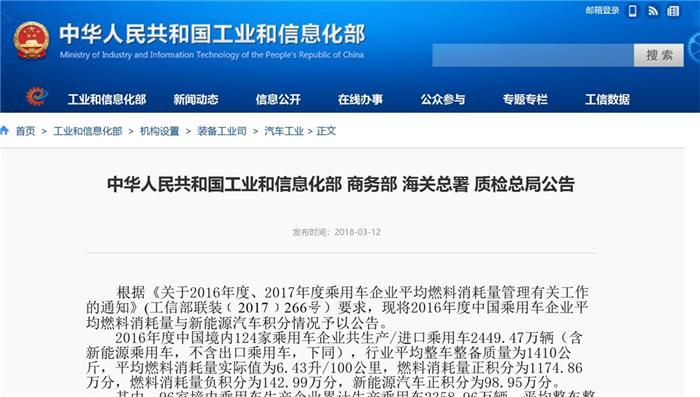
![]()

![]()
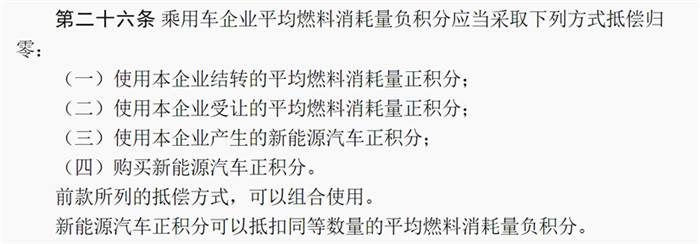
![]()
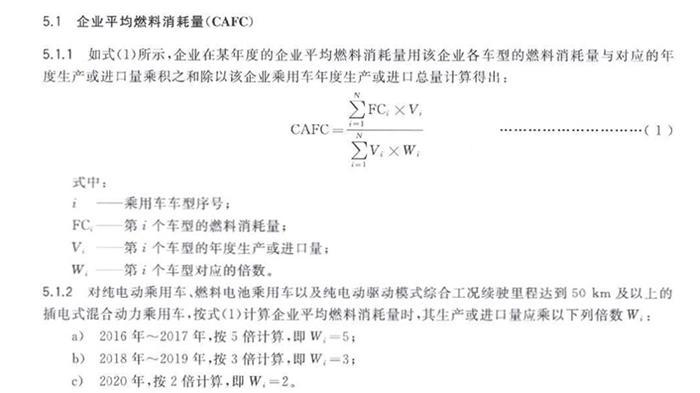
![]()

![]()
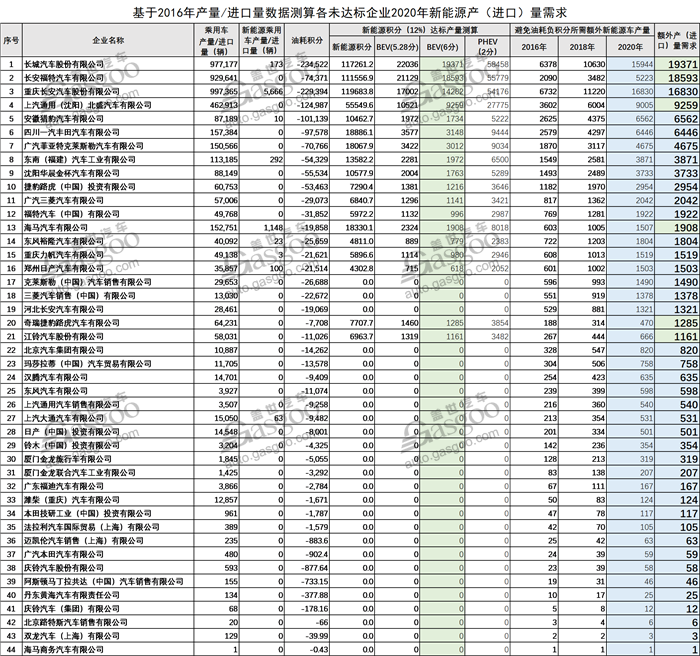
![]()
Self Adhesive labels are usually coated with an acrylic, rubber or water-based glue. Sticky labels can either be applied permanently or temporally.
Self adhesive labels can printed on by laser printers, inkjet printers, photocopiers or handwritten. Laser printers and photocopiers are a hot process and we recommend that A4 sheets of labels are only printed once for best results. The heat process evaporates the moisture in the adhesive each time it is passed through the printer.
